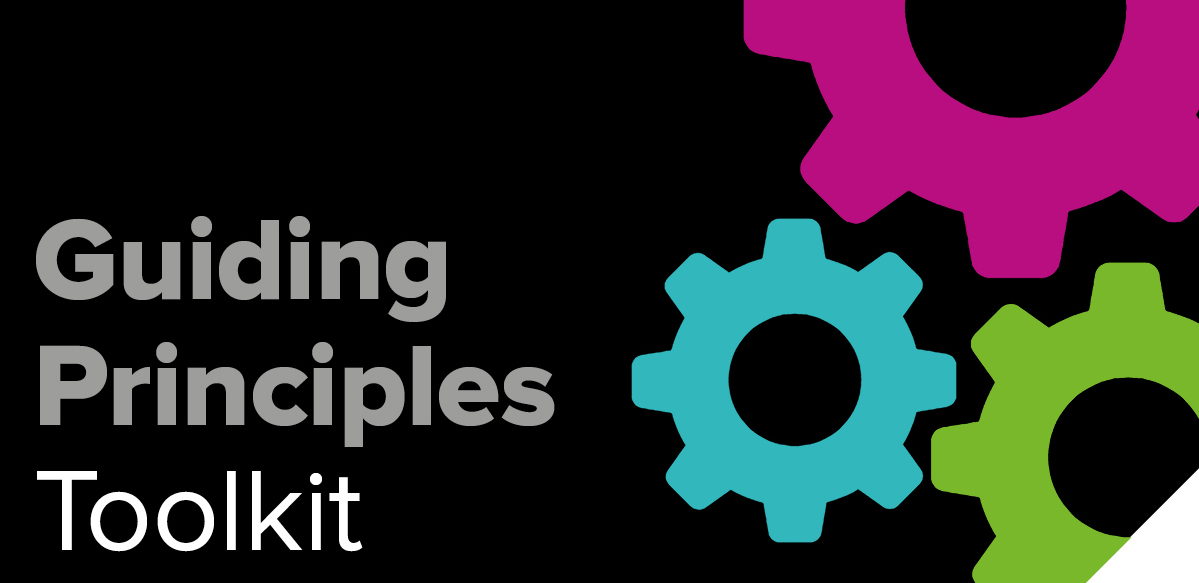Materials Required
Objectives
TOK firmly believe that kindness is a key and core value to maintaining a happy, healthy life, relationships and working environment for everyone…
…so Team TOK thought we’d give you a little something; from us to you.
Following the success of our viral “Balloon Monday” video from earlier this year; a team of our superhero speakers have put together a balloon pack that not only highlights the impact everyone in your organisation can make by being a bit more friendly, helpful and overall more kind but provides you with material to help you create a more caring and kind culture.
Time
30 – 60 minutes
Instructions
This pack is designed to be used however you want. It can be used as a part of a team meeting, to kick off a conference, as part of a wellbeing programme or simply used to generate some conversation around the theme of kindness and positive relationships.
If you found this pack valuable, why not pay it forward to anyone and everyone that you think could benefit from using it (colleagues, friends, anyone!).

You must be logged in to post a comment.